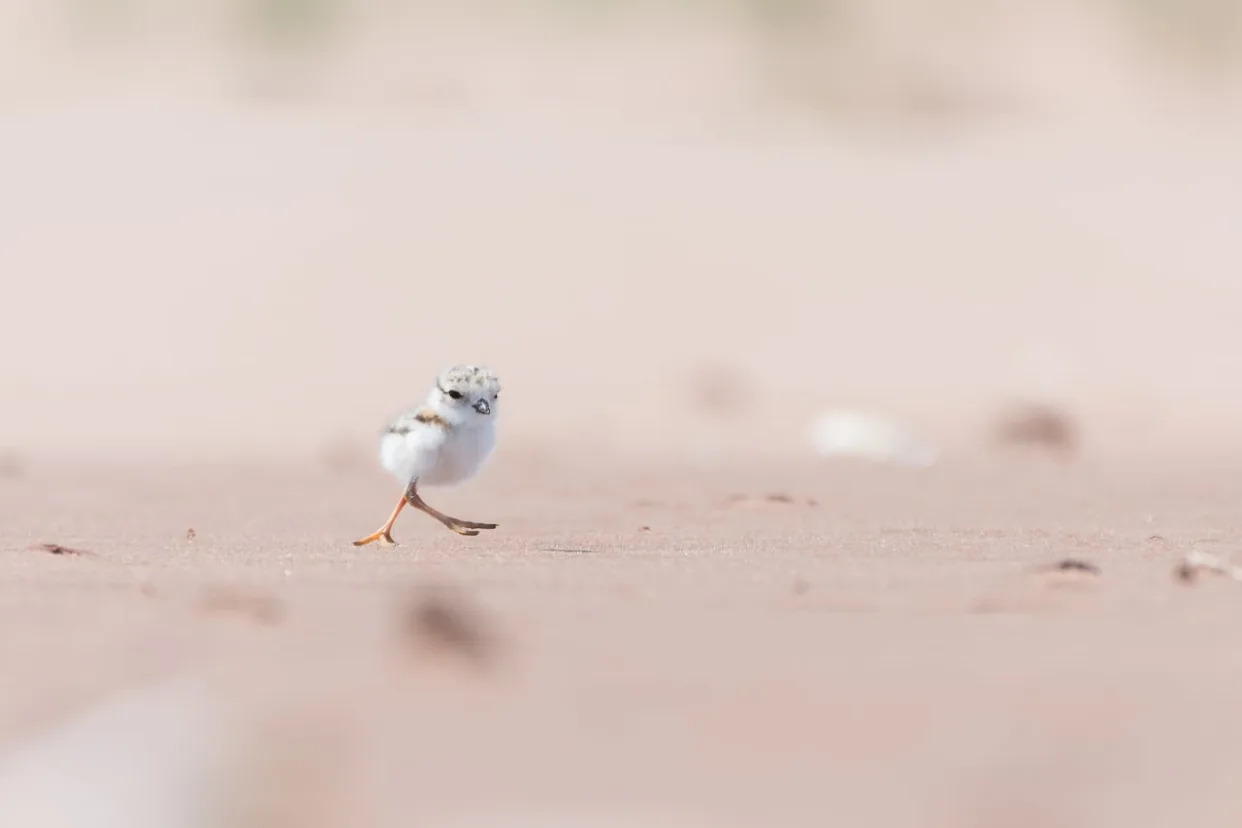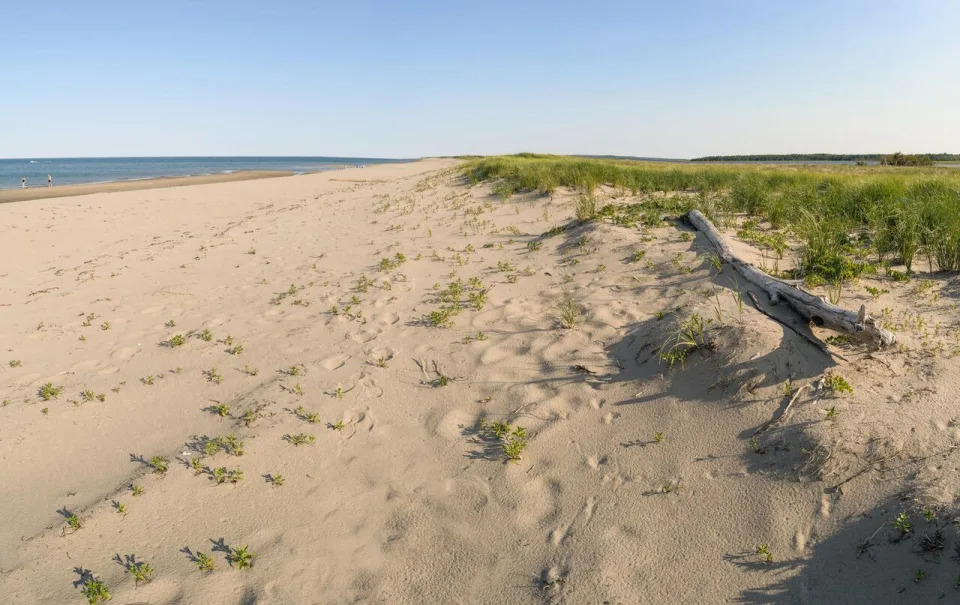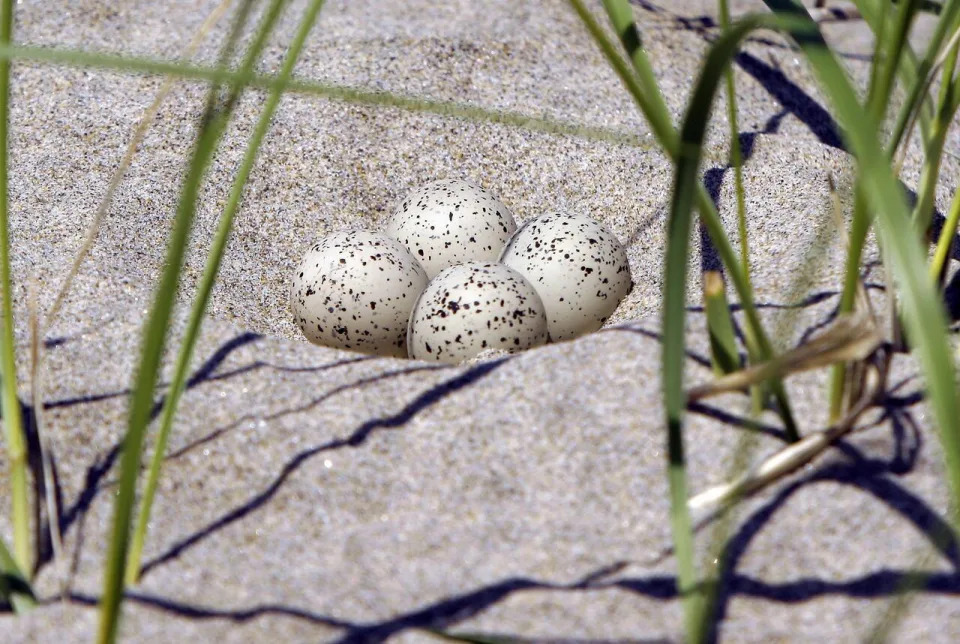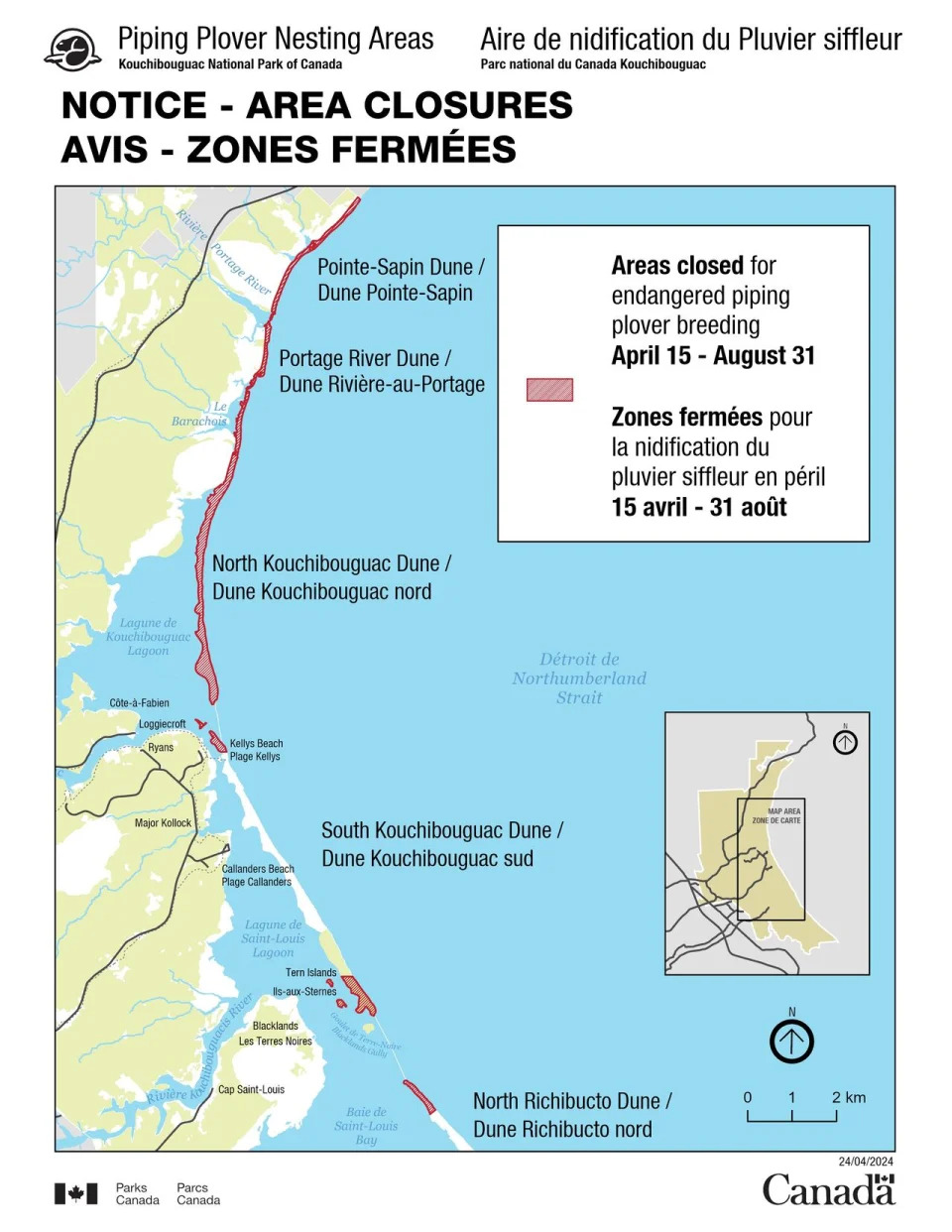CBC
Sun, May 12, 2024

A tiny piping plover on Prince Edward Island. Piping plovers are also found in New Brunswick. The birds make their nests on sandy shorelines which leaves them exposed to predators and human activity. (Submitted by Sean Landsman - image credit)
Frequent visitors to Kouchibouguac National Park will once again see some areas closed this summer to protect piping plovers
The piping plover is an endangered species in Canada and according to the park ecologist, Daniel Gallant, it is a fragile species because of where it nests.
"They nest on sandy shores, where they are exposed," he said, noting that the little birds like areas that have very little vegetation.
"They can be exposed to flooding, they can be exposed to predation. … They try to blend in that environment. But, you know, they fall prey to predators quite often."

A sand dune at Kouchibouguac National Park seen here in early summer. During breeding season, piping plovers like to nest in sandy areas with little vegetation. (Nigel Fearon/Parks Canada/Kouchibouguac National Park)
Gallant said these predators include gulls and crows, but also foxes. The predation of the species is only made worse by humans, he said, because forgotten garbage or human activity can attract predators to the shoreline.
According to the Government of Canada's website about the piping plover (melodus subspecies) recovery strategy, despite major conservation efforts "ongoing threats ... continue to create challenges in meeting population objectives."
It goes on to say that in many jurisdictions, this subspecies of the bird, found in New Brunswick, Newfoundland and Labrador, Nova Scotia, Prince Edward Island and Quebec, is now considered management-dependent.

This June 2006 file photo shows a clutch of eggs from a piping plover in the sand at Seawall Beach in Maine. (Pat Wellenbach/The Associated Press)
Management-dependent species require intervention measures, such as predator control or habitat management, to survive.
Gallant said the park closures are based on the habitats of the plovers, so the birds can choose the best location to nest.
The northernmost part of the park shoreline is closed, along with the North Kouchibouguac dune, the northern and southern tip of the South Kouchibouguac dune, and the northern tip of the North Richibucto dune.

A map shows the regions of Kouchibouguac National Park that are closed for piping plover breeding season. (Parks Canada)
"It's not all areas," said Gallant. "For example, in the area of Kelly's Beach, you've got several kilometres of unclosed shoreline where people can walk and enjoy this habitat."
The closures are in place for the entire breeding season, from mid-April until the last day of August.
The park will also be monitoring the species, observing the nests every three-to-five days so the number of nests that fail or succeed can be logged.
Gallant said the Environment Canada recovery plan has a target of, on average, 1.7 fledged chicks per nest. He said the number at the park last year was 1.5 and it was 1.8 the year before. But he said that number has been as high as almost three during some breeding seasons.
"Sometimes we are able to get really really good results that can be the best results in the whole of the Gulf of St. Lawrence."
In order to best protect the nests, Gallant urged people to respect the closed areas of the park and also to keep the beach clean as a way to discourage predators. He also asked that people respect that dogs are not allowed in the park, with the exception of Callandars Beach while leashed.
"If we have people that are regularly going in these areas that are prime nesting habitat, the plovers end up being disturbed all the time, and they might not choose an ideal spot to nest or they might abandon their nest," he said.
No comments:
Post a Comment